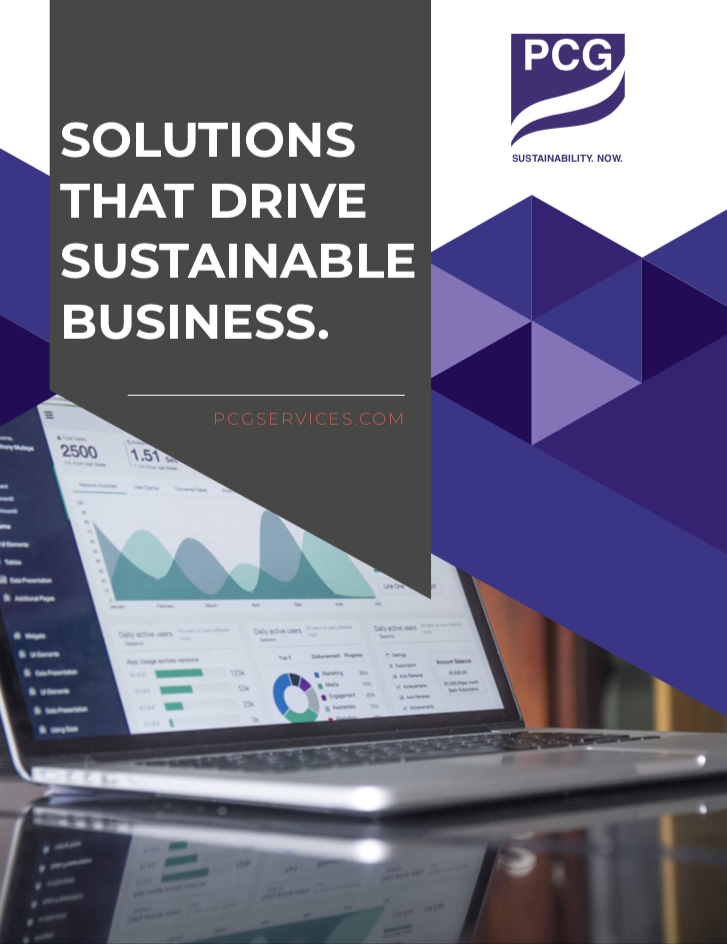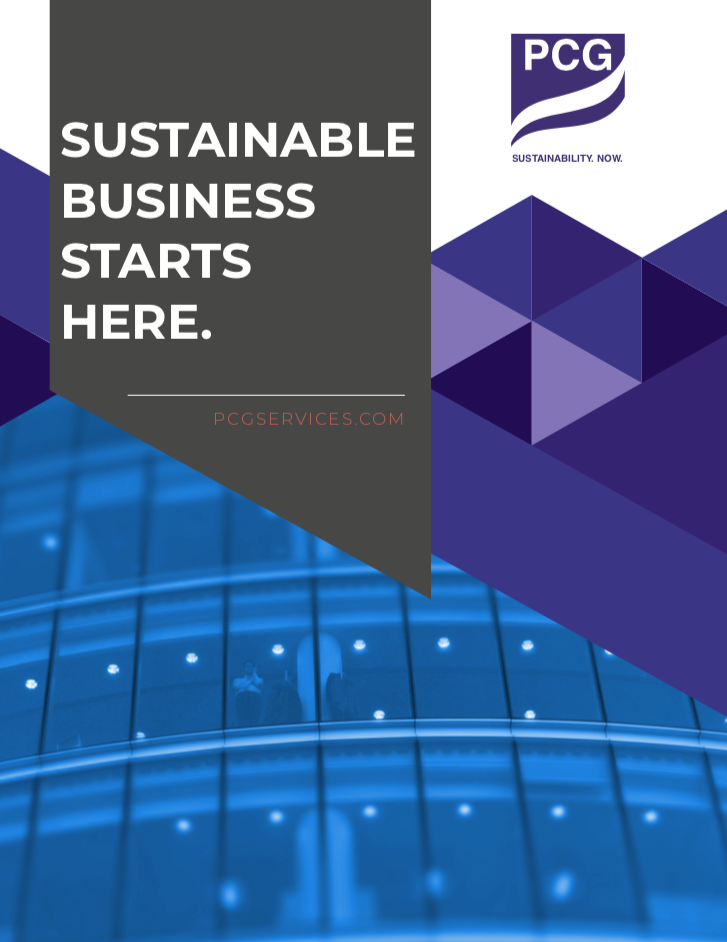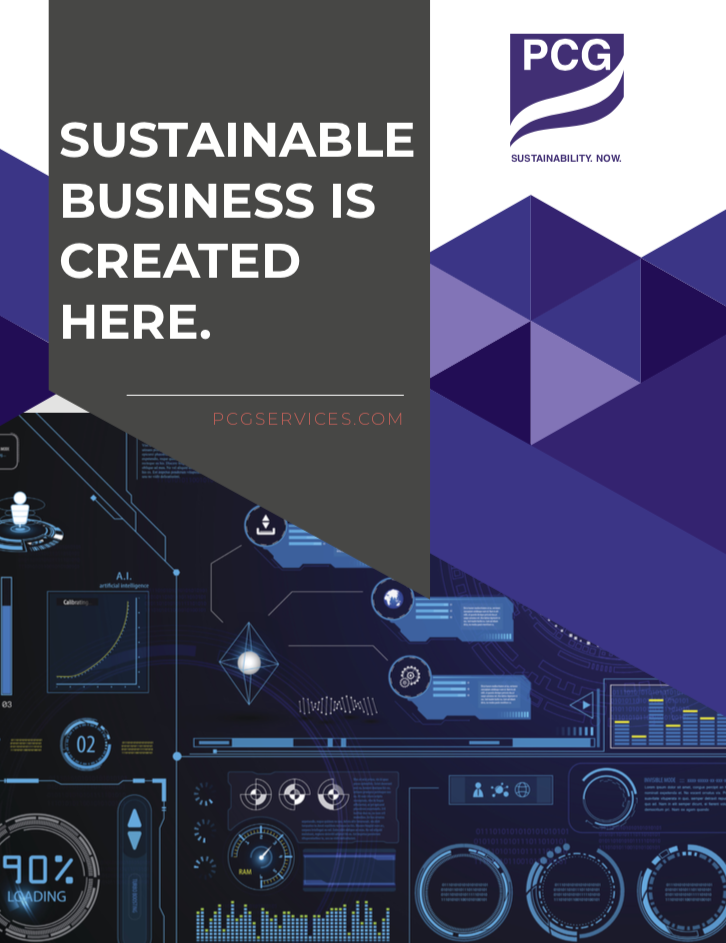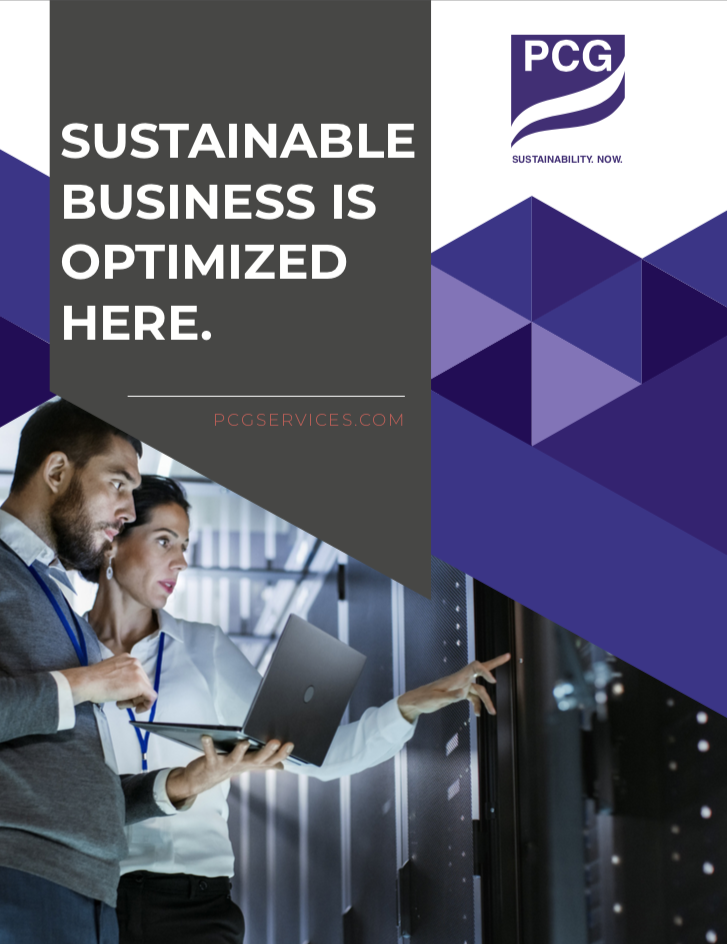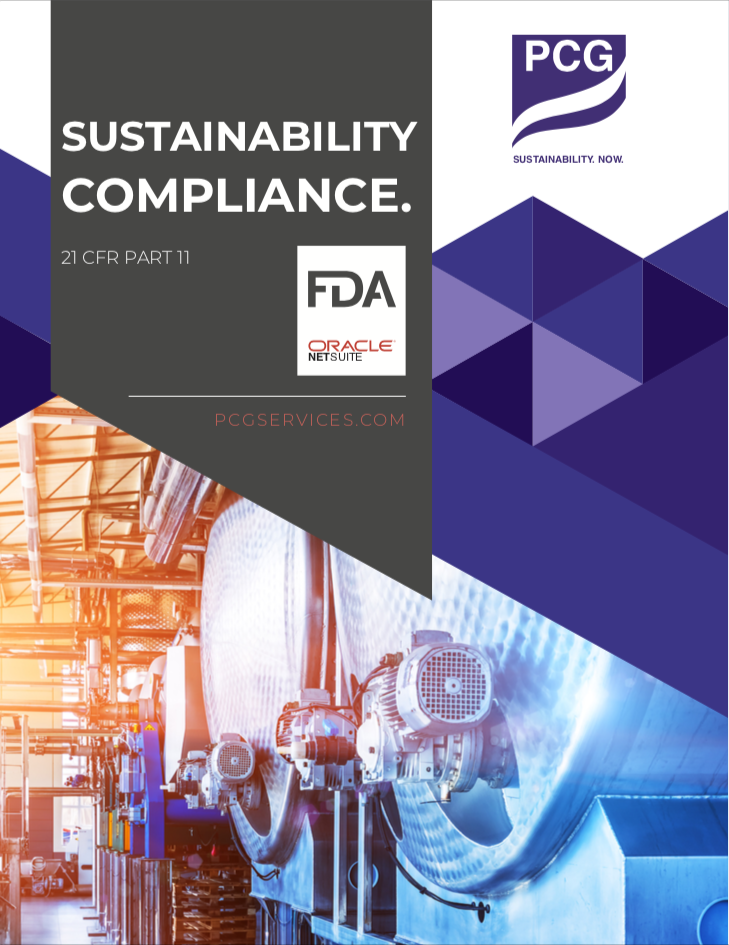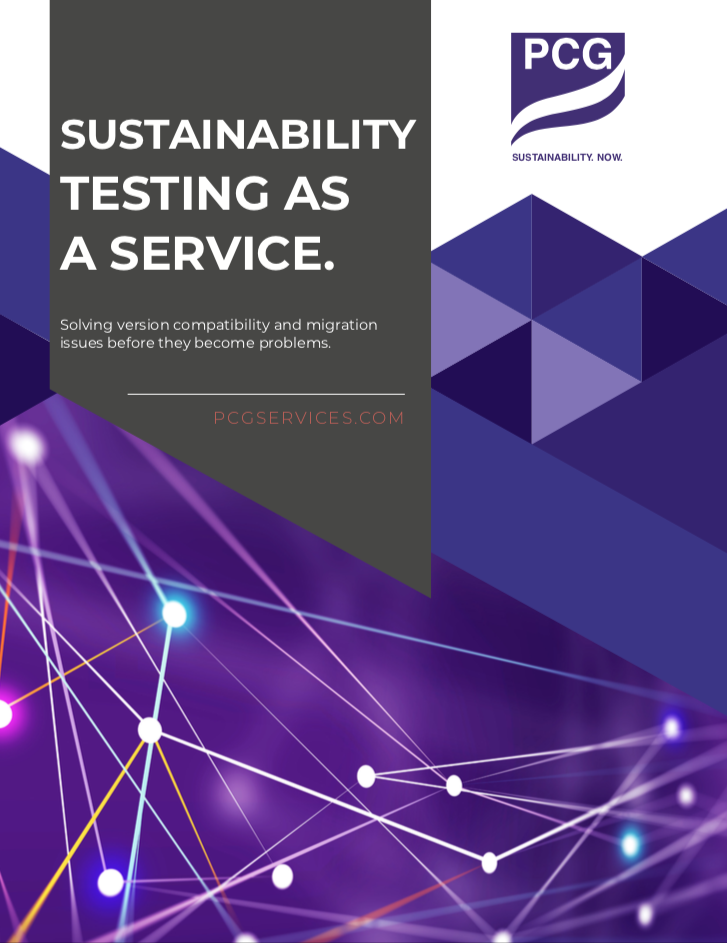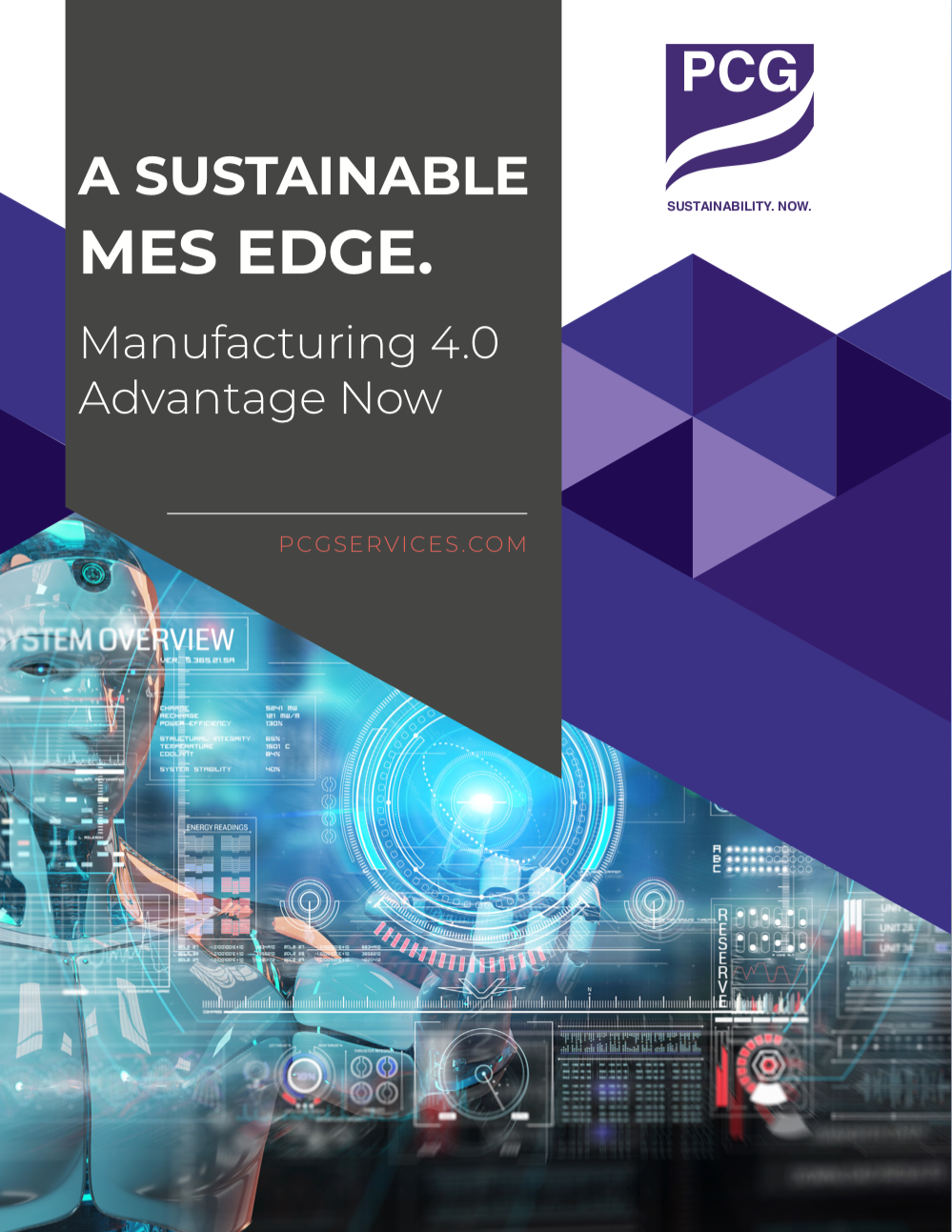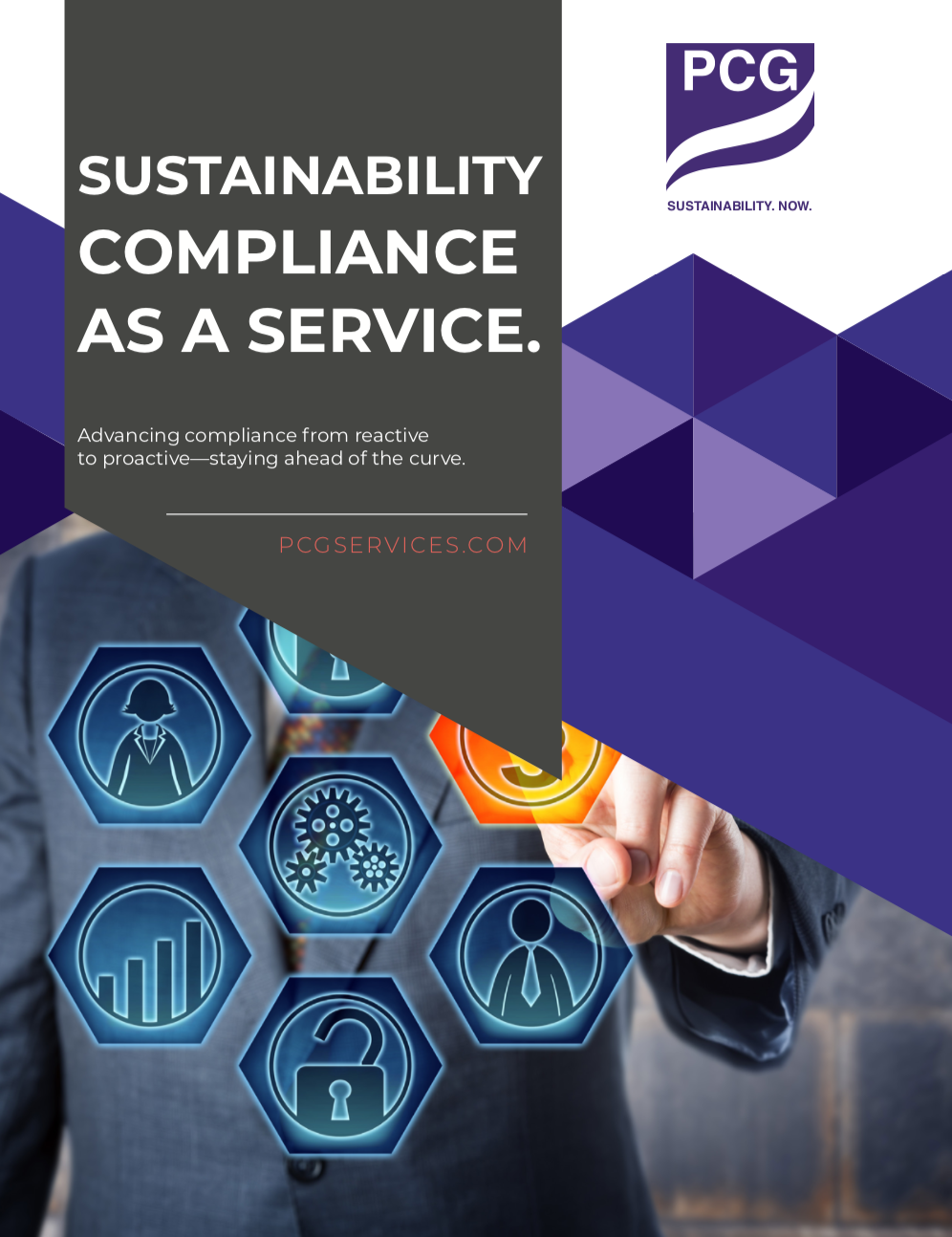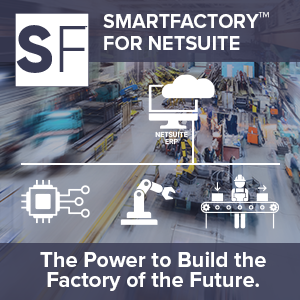PCG Blog
IoT and AI.

Author: Justin DeWitt, Solution Architect @ PCG
Background
A key concept of Smart Factory is the element of advanced technology that allows the manufacturing sector the ability to work faster, smarter, and more efficiently through the implementation of digital technologies that serve as the evolution from manual labor and operations. Among these technologies, the terms AI and IoT are typically at the forefront of the conversation.
Several organizations taught the utilization of the Internet of things (IoT) and Artificial Intelligence (AI) as keystones to the Industry 4.0 revolution and the central adoption platforms of a Smart Factory. In truth, these are revolutionary elements that, when coupled with the right set of foundational technologies, can greatly enhance an organization’s ability to perform at much more advanced levels. But many organizations struggle to comprehend the difference between the two advancing technologies and to identify how their value, whether independent of one another or coupled together, can advance their operations in a way that will drive increased ROI.
IoT: Optimizing the Company
IoT is defined as a system of interrelated computing devices, including mechanical and digital machines, system objects, and even operators that are provided with unique identifiers who can transfer data over a network without requiring human-to-human or human-to- computer interaction. IoT provides true interconnectivity across an organization’s landscape. As an example, a laser-jet cutting machine can be triggered to begin cutting metal components for production once an ERP system releases the production order to the operation floor. No interaction or intervention is required.
This type of technology, when implemented successfully, can reduce bottlenecks in system processes and enhance the efficiency of operations at a global level through the reduction of complicated processes and convoluted workflows. As with the concept of automation processes which spurred the industry 3.0 revolution, the common desire is to reduce the level of human interaction that is required to complete assembly processes, especially in areas of repetitive operations that can be easily adapted for machine learning to take over and increase the pace of production while maintaining a higher level of quality control that becomes batch-based rather than individual unit effective. This type of advancement over the decades has been proven to be a clear path to cost reduction, scrap reduction, and improved output thus increasing ROI measurements.
This same philosophy directs the implementation of IoT into the business logic as well. While automation processes focus on the job shop set of executable operations, the IoT counterpart provides the same automation activities at the communication level, allowing one set of automated activities to initiate the start and end of operations of other automated activities. This coupling of automation provides organizations with the ability to run the majority of their organization free of human interactions thus eliminating the ‘in between’ processes of an automated assembly line. Through the utilization of IoT, organizations gain the ability to “Tune” their operations to run at peak efficiencies. Although this creates a dynamic approach to operational control, there is still a requirement of human intervention to manage these controls and report on the outputs of the processes. It is here where AI becomes valuable.
AI: Advancing the Company
AI is identified as the simulation of human intelligence in machines that are programmed to think from an analytical perspective that would mimic human actions. This type of technology allows machines to learn and adapt to issues and compute issue causality and reduction thus allowing for machines to conduct problem-solving activities.
An organization that adopts an AI platform, using technology to create interconnection between automated circuits, uses interconnections to live within the body of applications and conduct human-based processes thus allowing the organization to “think on its own” and provide real-time feedback for key operators to make optimal decisions with.
As an example, an assembly line robotic arm begins to operate a micro-level off from a calibrated standard.
Through the AI solution, the robotic arm can communicate with the Enterprise Asset Management (EAM) software and automatically generate a work order request to re- align itself. This would, in turn, automatically assign the available maintenance worker to handle this operation, assign the required tools, deliver instructions, and provide an estimate of time to complete the repair. All notifications and scheduling activities would operate free of human interaction.
This level of technology also allows the operations to become a predictive landscape where the organization can provide evaluation and recommendation on performance execution where the organizational operations would run at optimal output.
The combination of IoT and AI solutions benefits an organization by creating a symbiotic model for the organization to operate in. This model allows organizational managers the ability to transform into decision-makers and focus their talents on evaluating the output of the operations and engaging with the AI recommendations to continue optimal operation executions.
Coupling AI and IoT Technologies with ERP
As many organizations have adopted Enterprise Resource Planning software as the centralized tool to run their operations with, many of these platforms remain untethered to the actual operation centers in which they are meant to drive. This requires the organization to rely heavily on human intervention to manually execute operations between the ERP system and the rest of the organization.
For example, in procurement orders are entered into the ERP system, while it still often requires human interaction to communicate with the vendor and secure the dates of delivery.
AI and IoT processes can automate these interactions and not only generate communications with vendors to secure procurement of materials but evaluate vendor scorecards, get confirmations of dates and decide on the optimal vendor to be selected to handle the order of delivery. This reduces the human interaction to approving the procurement order in the ERP and reviewing and accepting the vendor selection for fulfillment. The timeframe spent on large procurement processes is greatly reduced and the organization can feel confident that they are getting the best value buys and the shortest lead times available through the use of AI and IoT technologies.
Similar examples can also be relevant to manufacturing processes. Many organizations execute production plans based on estimations and guesswork. Teams meet, look at historical data and determine what the capacity models will likely be for the operation. This type of planning has subsequent failures in that the model doesn’t take into consideration new and updated processes and automation that hasn’t been in operation long enough to apply historical knowledge on, true capacity based on machine capabilities if the system doesn’t have prior runs showing those operational outputs or potentials for scrap increases in production outputs with higher run-times.
Through IoT and AI placement, the planning engine can automatically get its information from the AI machine that conducts the analysis based on the connected communication links provided by the IoT connectors. This allows for the planning engine to utilize real production details and generate models based on actual output capabilities. This type of technological advancement allows an organization to become proactive rather than reactive.
How to Implement AI and IoT Advancements
Many may promote the concept of AI products and IoT solutions, but few go as far as to discuss the proper way to implement these advancements and deliver a formal Industry 4.0 solution model to an organization. PCG not only discusses it but has written the book on how to properly adopt Industry 4.0 technologies and deliver on a Smart Factory solution through its I4.OS model.
The concept in adopting Smart Factory technologies such as AI and IoT applications is to understand that the output of these solutions is only as good as its core content. Simply adding these advanced technologies over the existing platforms won’t provide your organization with the ROI that you will be expecting. The reason is that if existing systems are segmented, disjointed, and lacking centralized and standardized sources for data and communication then it severely limits the capability of the Smart Factory to maximize the benefit of advanced technology solutions.
To become a fully enabled Smart Factory organization, you must first develop the foundation, align on a centralized system framework, and deliver on an advanced set of business processes to properly execute these new solutions.
PCG works with businesses of all types and stages of maturity to help align these critical areas of a business to more easily adopt Smart Factory technology while ensuring the greatest ROI from the technology adoption. PCG’s I4.OS approach to Smart Factory makes your organization not only predicable but sustainable and evolutionary.

What’s Next?
Working with a partner such as PCG, who facilitates an end-to-end business model approach to customer adoption of Smart Factory, will greatly reduce costly errors in the evaluation, choice, implementation, business release and immediate performance of your Smart Factory initiative. This, in turn, will shorten lag times and increase productivity growth so your business can earn more rapid ROI from your investment.
Smart Factory, IoT and AI implementation leaders, like PCG, focus on implementation strategies and customer adoption programs that make industrial digital transformation projects more accessible and easier to deliver for everyone.
Consider PCG for your Smart Factory initiative to help your organization to adopt a new way of thinking, a new way of operating and continue to be an industry leader that expands the gap between you and your competitors.
A Smart Factory is your next step to a better and more profitable business. Contact PCG and let’s get started!
More Information for You
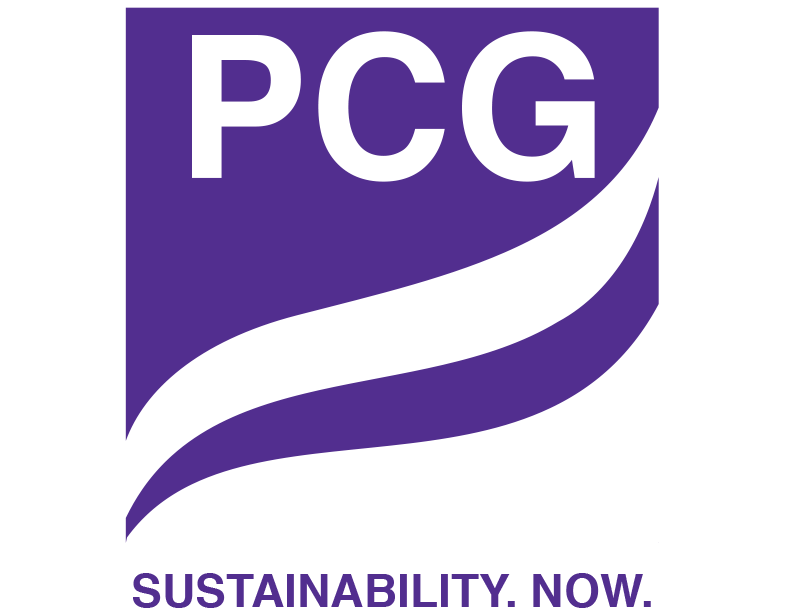
Services


